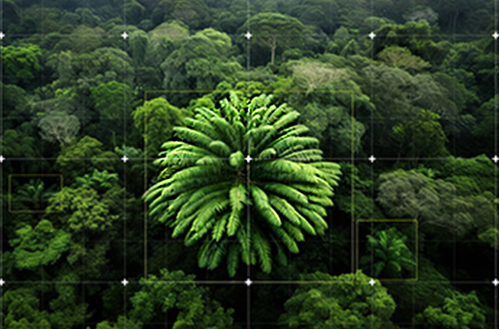AI Helps Search for Endangered Plant’s Female Partner
Artificial intelligence (AI) is used to help researchers find a female partner for E. woodii, also known as the “world’s loneliest plant.” This project aims to naturally spread the species, which is now extinct in the wild and can only be found in botanical parks where it is grown.
Background of E. Woodii
The cycad E. woodii is one of the oldest seed-bearing plants on Earth, it lived before even the dinosaurs. The animal was last seen in the Ngoye Forest in South Africa. The fact that the only specimens we know of are males makes spontaneous reproduction very hard.
The Role of Artificial Intelligence
AI is being used to look at thousands of pictures from a recent study of the Ngoye Forest by a group led by Dr. Laura Cinti. The AI uses advanced image recognition algorithms to help find similar plant species in a huge set of data that comes from high-quality multispectral camera video.
Exploring Reproductive Alternatives
Researchers have thought about making a male plant change into a female since they haven’t found any female plants yet. Extreme changes in the climate have caused sex shifts in other cycad species, which supports this idea.
Current Status and Future Prospects
Less than 2% of the Ngoye Forest has been studied so far, which means there is still a chance that a female E. woodii could be found. Dr. Cinti is still hopeful that he will be able to find a match, which could allow the species to reproduce normally and come back from the brink of extinction.
About E. woodii
The E. woodii, or Wood’s cycad, is a rare type of cycad that has two sets of flowers. It is native to South Africa, especially the Ngoya Forest in KwaZulu-Natal. It was found in 1895 by John Medley Wood and is named for him. Surprisingly, only male plants have been found. Since no female plants have been found in the woods, natural reproduction is not possible. This species is no longer found in the wild, but it lives on in botanical parks around the world through cloning and spreading. The Wood’s cycad can live for more than 1,000 years and does best in subtropical climes. To protect its genes, people are trying to hybridize E. woodii with species that are closely related to it. Even though many people have looked for her, no female has ever been found. This shows how hard it is to protect species where there are major gender differences.
Month: Current Affairs - June, 2024
Category: Environment Current Affairs • Science & Technology Current Affairs






